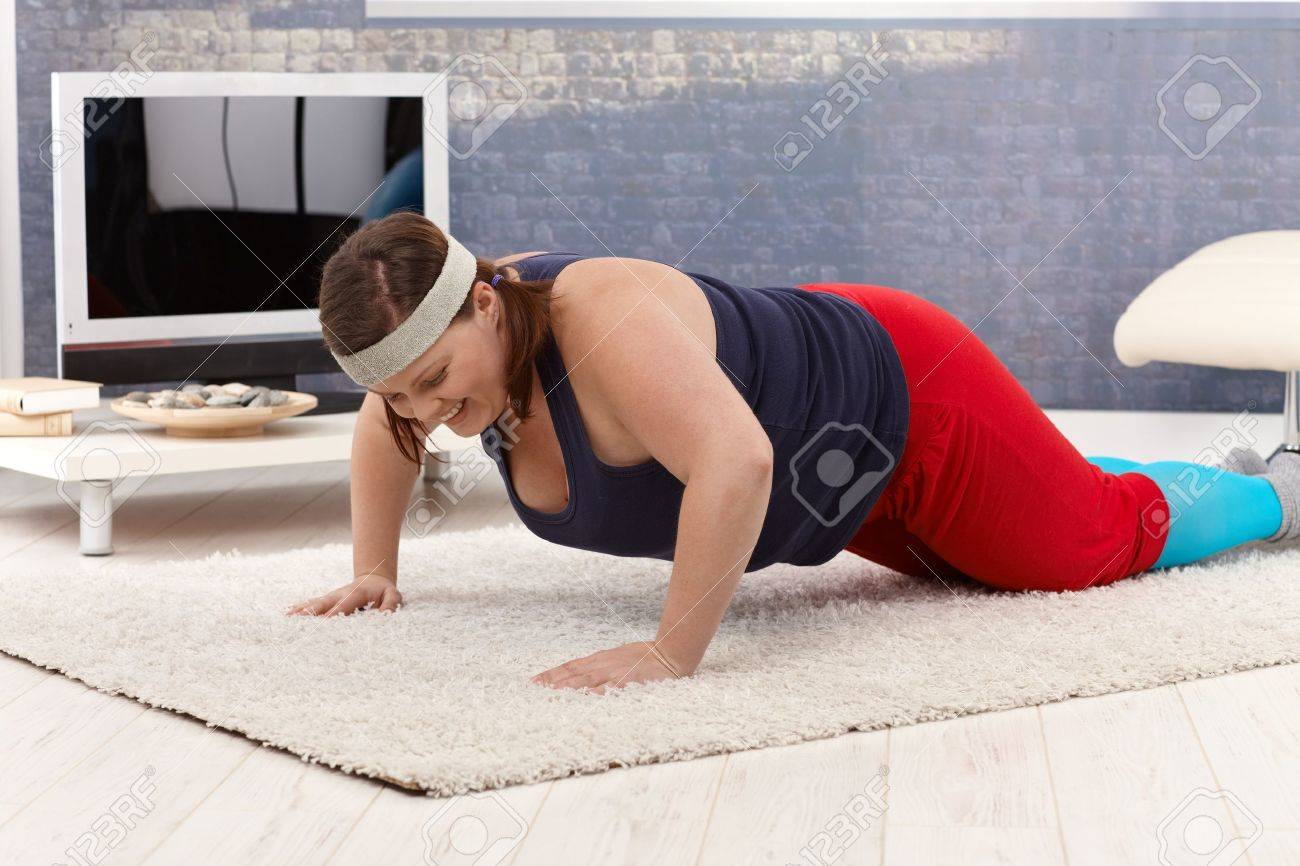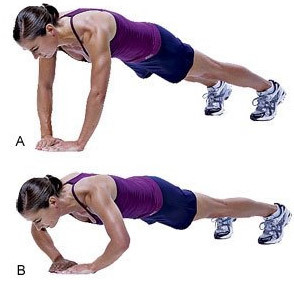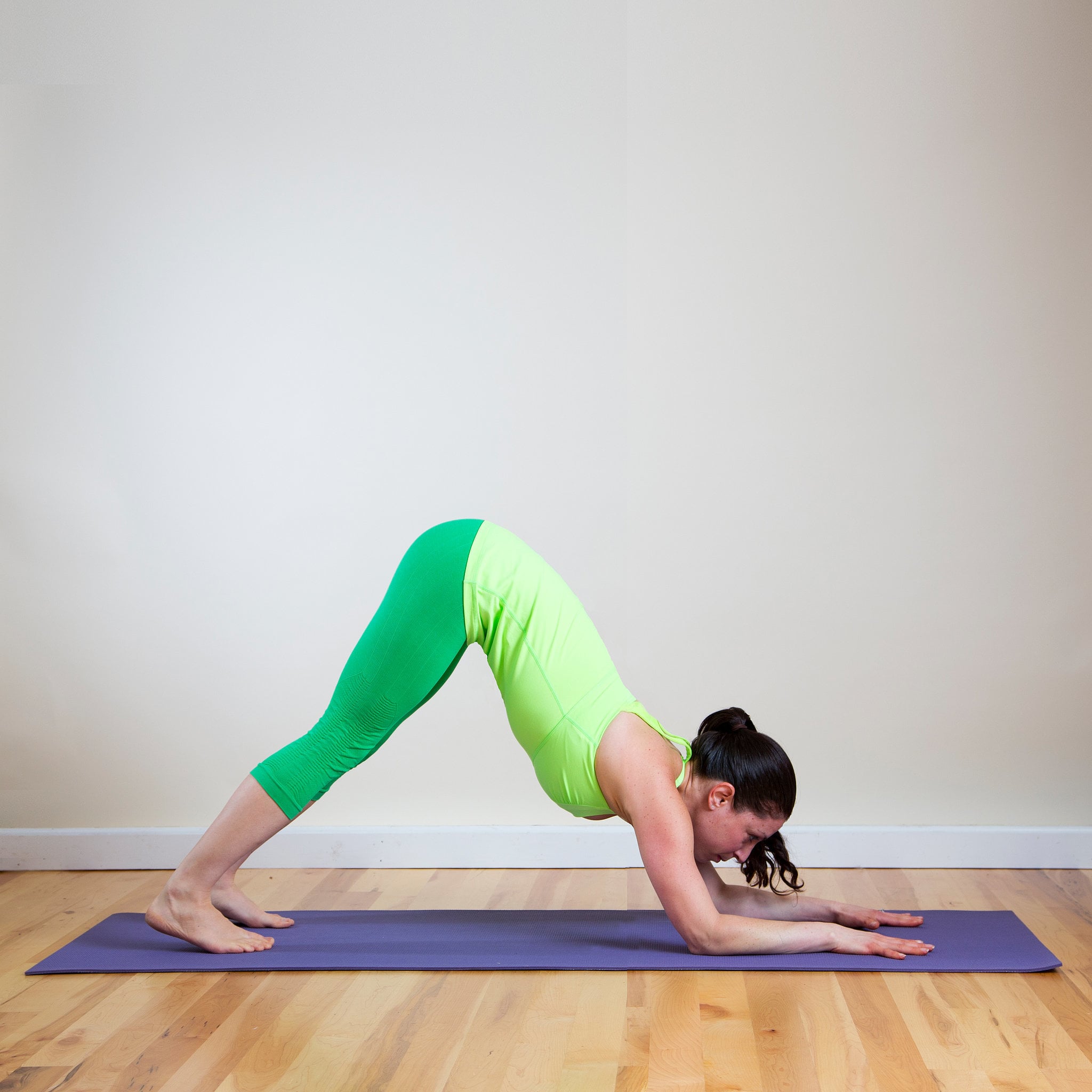
Pushups are a simple and effective bodyweight movement that can help increase strength in your upper body and core. This exercise works the pectoral muscles in your chest and the triceps. These are the muscles in the back of your upper arms.
You don’t need any equipment to get started with pushups. They’re suitable for beginners and individuals who are more advanced with exercise.
Take our quiz to learn more about techniques and tips that will help you achieve your goals.
While you may be familiar with standard pushups, there are many variations that may help you get started, progress, or increase difficulty.
Try doing a set of 10 to 15 of each exercise, rest, and then do another set of 10 to 15.
Performing fewer pushups with correct form will be better over time than completing many with poor form.
Here are five pushup variations that increase in difficulty.
Wall pushups
Doing a standing pushup against the wall is a good starting place if you’re new to this move. By standing, you put less pressure on your joints.
- With your feet shoulder-width apart, stand about an arm’s length away from a wall.
- Place your palms on the wall as you lean forward into a standing plank position. Your arms should be shoulder height and shoulder-width apart.
- Inhale as you bend your elbows and slowly move your upper body toward the wall while keeping your feet flat on the ground.
- Hold this position for a second or two.
- Exhale and use your arms to push your body slowly back to your starting position.
Change it up
As you get more comfortable, you can try one-handed wall pushups. Follow all the instructions above, but alternate sets by placing one arm bent behind you with the outside of your hand on the small of your back. You could also alternate keeping one arm at your side as you pushup with the other.
Seated push-ups
To work on stability in your shoulders, try pushups from a seated position.
- Sit on a bench with your palms down, arms at your side. Your feet should rest comfortably on the ground with your knees bent.
- Using your arms, push down into your palms so that your body lifts up — still in the seated position. Your hips and butt should be just a half inch or so off the bench.
- Lower back down to your starting position and repeat.
Kneeling pushups
Balancing on your knees instead of your feet is another good modification while you build your strength.
- Begin in a hands and knees position with your gaze at the floor.
- Place your hands on the ground on either side of your shoulders. Your knees should be at a comfortable distance apart.
- Inhale as you slowly lower your elbows to bring your chest toward the ground. Be sure to keep your core muscles contracted.
- Pause for a second in the lowered position — your chin may lightly touch the ground.
- Exhale as you push up from the ground to your starting position.
Another way to start this pushup is to begin by laying on your stomach. Bend your knees so your feet are up in the air, then push with your hands into position on your knees.
Standard pushups
Fully extending your legs increases the difficulty of this move by adding more body weight. One study showed that the “ground reaction force” or how much weight you push is 64 percent of your body weight with standard pushups. To compare, a kneeling pushup is 49 percent.
- Begin with your chest and stomach flat on the floor. Your legs should be straight out behind you and your palms should be at chest level with the arms bent out at a 45-degree angle.
- Exhale as you push from your hands and heels, bringing your torso, chest, and thighs off the ground.
- Pause for a second in the plank position — keep your core engaged.
- Inhale as you slowly lower back to your starting position.
Change it up
Another great variation of the standard pushup is a pushup with hip abduction. Follow the same instructions as a standard pushup, but lift your left leg off the ground as you lower. Move it slightly further out than your hips and keep your foot flexed. Then repeat on the other side after switching legs from the plank position.
Incline pushups
If you want to really challenge your upper body, try incline pushups. You’ll need a stable surface on which to place your hands.
- Place your hands on the edge of the elevated surface. A bench, step, or other sturdy platform are good options.
- Step your feet back so your legs are straight and your arms are perpendicular to your body.
- Inhale as you slowly lower your chest to the edge of your platform.
- Pause for a second.
- Exhale as you push back to your starting position with your arms fully extended.
You can further increase difficulty by using a medicine ball, BOSU or balance ball, or suspension trainer. Doing so will make your body work harder to stabilize, taxing muscles even more.
Good form and positioning are key if you want to get the most from your workout. Comfort, form, and safety are key parts of any exercise.
The right form can protect your body from injury and make sure you’re getting full engagement from the muscles you’re trying to work.
Comfort measures
Try these methods to make your pushups more comfortable.
- Perform pushups on a yoga mat or similar surface instead of a bare floor.
- Place a folded towel under your knees for extra cushioning when doing kneeling pushups.
- Place hands directly under shoulders with your fingers pointing directly in front of you to avoid wrist pain.
- Place palms flat on the floor versus cupping your hands. This avoids straining your hands.
- Look down at the ground during this exercise to avoid straining your neck.
Overall form
When doing pushups on the ground, you’ll want to keep a flat back. Resist sagging your spine or arching it up toward the ceiling. Contracting your core muscles will help keep your form in check. Make sure to keep your movements slow and controlled versus slamming your body down too quickly.
Your shoulders, hips, and ankles should be aligned.
Try asking yourself some questions to check in with your form:
- Where are my hands?
- Where are my shoulders?
- Do I have good contact with the ground beneath me?
- Are my core muscles engaged?
Hand positioning (narrow vs. wide)
You might wonder how hand positioning might increase difficulty. Your options are holding your hands wide apart or more narrowly together. One study from 2005Trusted Source suggests that the narrow base position increases muscle activation in the pectorals and triceps.
To incorporate hand positioning into your routine, try keeping your palms in front of your chest and your elbows in toward your body at the start of your pushups.
Building strength
Pushups may be hard to complete at first, even with modification. If you cannot complete 10 to 15, start with sets of 5 or less and build from there.
Increasing strength and endurance takes time but is worth the effort. Remember, performing fewer pushups with correct form will be better over time than completing many with poor form.
Read more: What are the benefits and risks of doing daily pushups?
New to exercise? It’s an excellent idea to check in with a personal trainer to ensure you’re performing pushups correctly. You might be able to talk to someone from a gym or through your healthcare provider.
After you get the hang of pushups and are confident with your form, you may want to try a pushups challenge. Consistency is important to building strength. In the challenge, you work your way up over the course of 2 months until you can complete 100 pushups at one time.
Even if you’re not looking to go so extreme, incorporating this efficient body-weight exercise into your routine is sure to strengthen your upper body, back, and core to help with everyday movement.














